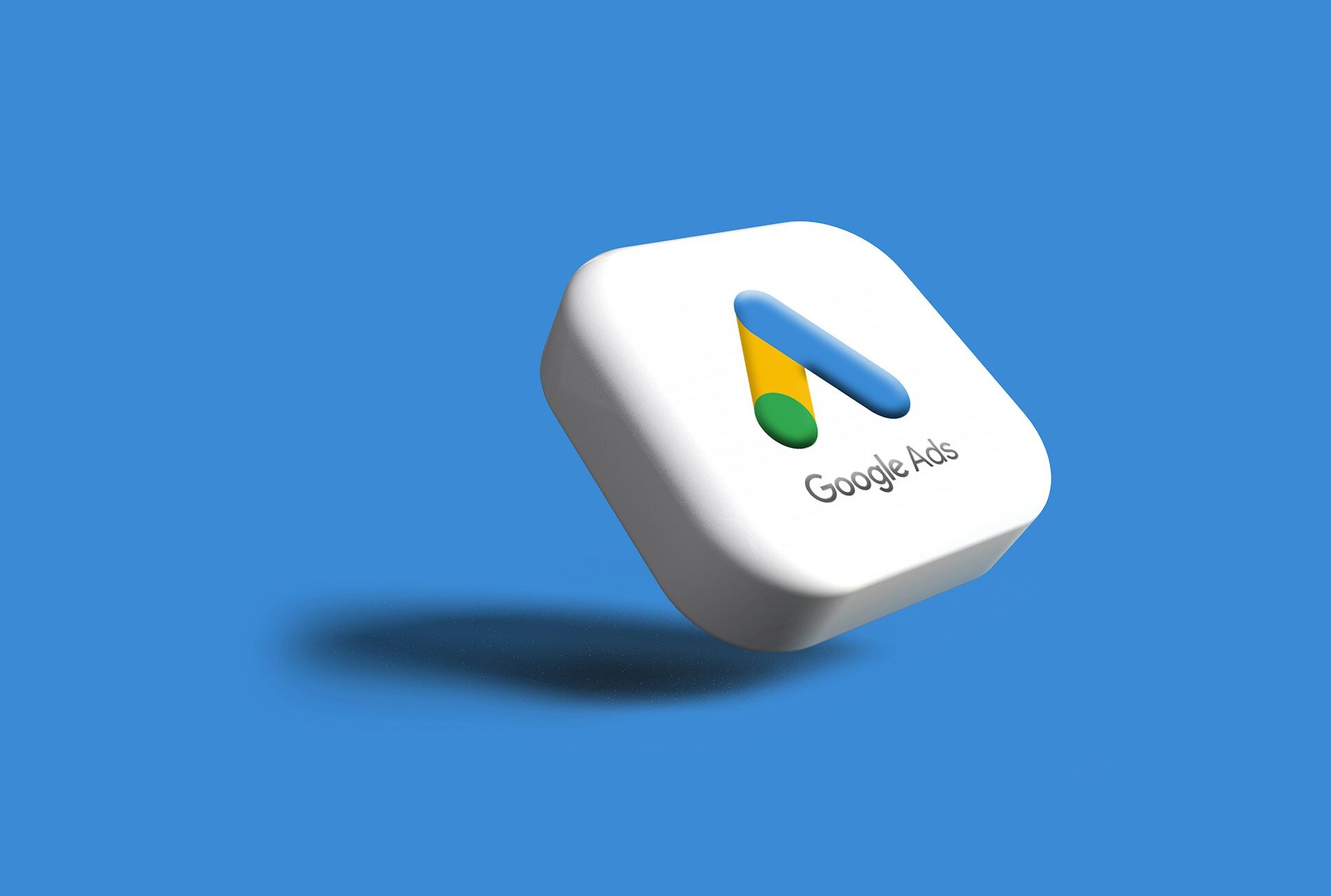Pay-per-click advertising is a vital strategy for businesses looking to increase their online presence and attract more website visitors. However, for PPC agencies that manage multiple campaigns for different clients, handling large volumes of data and optimising campaigns for the best results while providing transparent PPC reports to clients can be challenging. To address this challenge, the latest PPC tools for agencies offer automation, advanced analytics, and integrated management platforms that can save time, reduce costs, and improve PPC campaign performance. In this blog, we will discuss some of the top PPC tools which PPC agencies can leverage to enhance their services, improve client satisfaction, and drive better campaign results.
What is PPC advertising?
Pay-per-click(PPC) is an online advertising model where advertisers incur costs every time they run ads on search engines, social media platforms, etc. PPC advertising is the most effective model of advertising that reaches targeted audiences for maximum brand awareness and conversion. Running PPC ads helps in achieving desired advertising goals. Some of these goals can be increasing brand awareness, boosting company sales, lead generation, form fillup, etc. for any research. PPC advertising involves money to be paid to search engines or online platforms for every click on the ad. With the help of PPC ad campaigns you can target users based on their location, time they are active, etc. You can focus on location targeting, ad scheduling, etc. to maximize the advertising ROI.
What are the types of PPC ads?
There are different types of PPC ad formats that appear on web pages and each of them have different functionality. They are:
1. Display Ads - Display Ads or banner ads are forms of online paid advertising where you advertise your products or services on search engines while people are browsing the internet. In this ad format, advertising is done by creating compelling images to attract the target audience to the landing page to achieve the desired goal. These ads work on the CPC model, where you are charged only when someone clicks on your ads. Display Ads not only increase brand awareness but engage visitors in your marketing channel to help filter potential customers to become leads. Outsource Display Ads for effective targeting and increasing business sales.
2. Search Ads - Search Ads are the most common type of PPC ads. These ads appear on the search engine when a user searches for the relevant query. These ads give an advantage to small businesses in increasing their brand awareness without spending too much of their advertising budget. In this ad format, an advertiser researches the keyword and uses it in their campaign to increase the visibility of their ads. Google Ads and Microsoft advertising are common platforms where you can advertise your products and services. Hiring a digital marketing agency that can create effective Search Ads for promoting your products or services is a great idea to achieve the desired results from the campaign without spending too much time and effort.
3. Video Ads - With the increasing number of people watching videos to entertain or educate themself. 91% of marketers are using videos in their ad campaign. Video Ads are gaining popularity to advertise about the products and services. By creating visually compelling ads by combining images and audio, you can make a robust marketing method to promote your business and increase your conversion rate. YouTube platform, Snapchat platform, LinkedIn platform, Facebook Platform, and Google video partners are the channels where you can advertise your Video Ads.
4. Remarketing Ads - Remarketing is the ad format that is used to engage potential customers. These potential customers could be someone who has already purchased from your website, a previous user, someone who has signed up for a newsletter or cart abandoners. These ads target those customers who engaged with your website but did not convert. It gives you an opportunity to convert potential customers into leads and enter your sales funnel. Remarketing Ads require tracking pixels, which is Google's remarketing code. These tracking pixels help gain a better understanding of which product or service pages audiences are visiting on your website.
5. Shopping Ads - Shopping Ads are shown in carousel format on search engines. Shopping Ads can be created by e-commerce businesses that sell products as these ads contain pictures of products along with price, title and description of the products. Google Shopping Ads present a window shopping feel to users, where users can browse the same products from different websites. This format helps increase the conversion rate on a shopping campaign because a user has already seen the information about the product they are looking for.
6. Paid social ads - There are 4.8 billion social media users worldwide, representing 59.9% of the global population. This shows the growing social media presence in people’s daily lives. Digital marketers are also utilizing social media marketing to advertise their products and services. Paid social ads give you an advantage in showing ads to the targeted audience. Some of the popular paid social ads are:
a. Facebook Ads - More than 2.74 billion users use Facebook in a month. Facebook Ads give you an edge over competitors to advertise your products or services to the targeted audience and increase brand awareness. Facebook uses an advanced algorithm that allows marketers to target an audience based on location, age, income, etc.
b. Instagram Ads - Instagram is expected to reach 1.44 billion users by 2025. Instagram Ads allow businesses to promote their products and services by creating compelling photos and videos. Since, Meta is the parent company of Instagram, it gives opportunities for businesses to advertise based on budget, duration and objective.
c. Linkedin Ads - LinkedIn is a popular social media platform that focuses on the business community. It gives an excellent opportunity for people to network and find jobs they are looking for. LinkedIn Ads give businesses an excellent opportunity to advertise and achieve their goal. The cost of advertising on LinkedIn depends upon ad auction and activity.
Key PPC metrics
.jpg)
Understanding crucial PPC metrics is essential to know before using PPC tools. These metrics help in PPC management to achieve desired goals. Some of the key metrics are:
I. Impression - Impression is metrics which refers to the total number of people who viewed your ad, irrespective of whether they clicked on it. For example, if your ad is at the bottom of the search engine result page(SERP), a user must scroll down to view your ads. Impression tells about your ad ranking in search engine results to help you analyze whether your ad reaches the targeted audience and increases your brand awareness.
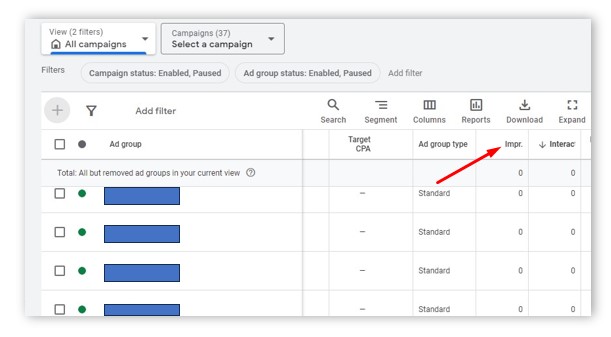
II. Clicks - Clicks refers to the total number of people who clicked on your ads, To increase the number of clicks on your ad you need to ensure that the ad copies are optimized have the relevant keywords included, have negative keywords, have engaging call to action and much more. It enhances the ad rank on SERPs which ultimately increases ad visibility and the clicks on it.

III. Click-through rate(CTR) - Click-through rate(CTR) refers to the total number of clicks divided by impressions. CTR tells how much your ad copy matches with the user intent when they search for keywords on the search page.
IV. Cost per click - Cost per click, also known as CPC, represents the amount you are willing to pay per click on an ad campaign. Improving ad quality score is vital for reducing cost per click. You need to focus on optimizing ads on a regular basis to ensure that the ad has a lower cost per click.
V. Cost per acquisition(CPA) - Cost per acquisition refers to the total amount spent to acquire a customer. It allows businesses to analyze the campaign performance concerning the money they spend. One of the best parts of this metric is that it is highly customizable.
VI. Return on ad spend - Return on ad spend(ROAS) tells the revenue generated by spending money on ads. It is the most critical metric for shopping campaigns. Based on the return on investment, you can analyse whether you generated profit or loss from the PPC campaign.
Formula of ROAS- Revenue attributable to ads/ cost of ads x 100
VII. Engagement - Engagements are actions associated with ads. The more ad extensions you have, the more engagement you will receive. For example, if somebody has seen your ads on a search engine, clicked on them and landed on your website by scrolling through the content, it will be called an engagement.
Top PPC tools for PPC agencies to optimise ad campaign
A. Google Ads Editor - Google Ads Editor is a free tool available in offline mode to manage your Google ads campaign. This bulk editing PPC tool allows you to make changes quickly, view statistics for all campaigns, change keyword match types in the match, and raise or lower bids for different campaigns. Google ads also give tutorials about various topics such as navigation, searches, adding, changing or deleting campaigns, checking for errors, importing & exporting data and managing multiple accounts.
B. Keyword planner - Google Keyword Planner is a free tool provided by Google. Researching keywords and adding those keywords to campaigns is an essential step in PPC campaign creation. It assists marketers in using the keyword to target the potential audience based on their preference and search intent. Utilising a Keyword planner helps marketers identify and gauge exact keywords based on the search volume and location. With the increasing competition, it is important to conduct in-depth PPC keyword research and look for long-tail keywords that can help your PPC campaign drive traffic to your website and increase conversion. It is suggested that you should use negative keywords in your PPC campaign so that your ads don't appear for irrelevant queries. For example, if you have posted an advertisement for a red shirt and a user is looking for a red cotton shirt, use the red cotton shirt as a negative keyword if your website doesn't provide a red cotton shirt so that your ads don't appear on search engines and you don't have to pay for the irrelevant query.
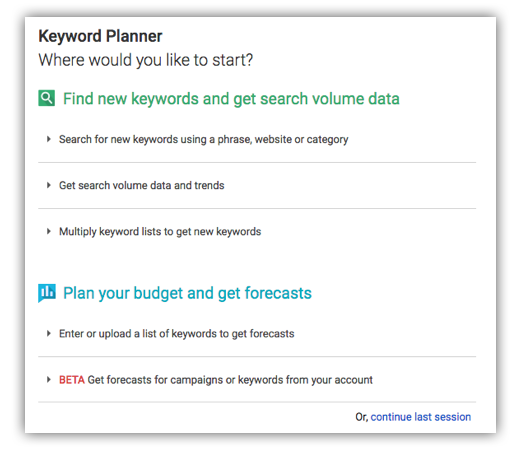
C. Google Trends - Google Trends is a free tool for PPC agencies to analyze the latest trends and search queries on Google search pages. This tool helps businesses to analyze trends and create campaigns for maximum engagement and conversion. Using Google Trends, you can maximize the campaign performance by targeting an audience based on location and adding region-based trending keywords in your content for maximum reach.
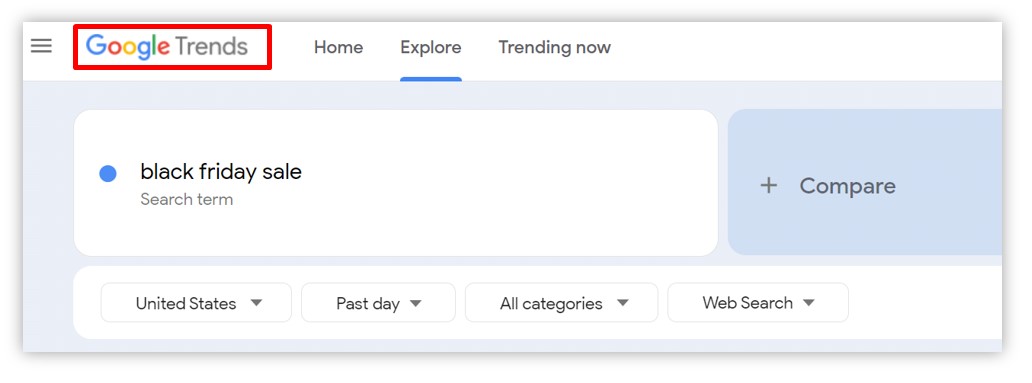
D. Google Analytics - Google Analytics is a tool for PPC agencies that allows campaign managers to track and report website traffic. It helps marketers track session duration, bounce rate, and session per page of individual users. Combining Google Analytics with Google Ads help businesses review campaigns by following landing page quality and reaching desired goals. Google Analytics 4 is the latest version of Google Analytics that tracks, analyses and predicts the offer guidance. Using the latest version of Google Analytics can be resourceful in tracking traffic sources, devices and locations for holistic purposes and implementing your campaign for maximum return on investment.

E. Google Tag Manager - Google Tag Manager is a tag management system that helps optimize deployment, reduce tag configuration errors, and modify tags on your site. It functions the same as Google tags, which are used to install Google Analytics and other products and services. Google Tag Manager is a handy tool that reduces the dependency on developers for managing marketing tags, testing and debugging, which helps reduce errors and the need for testing.
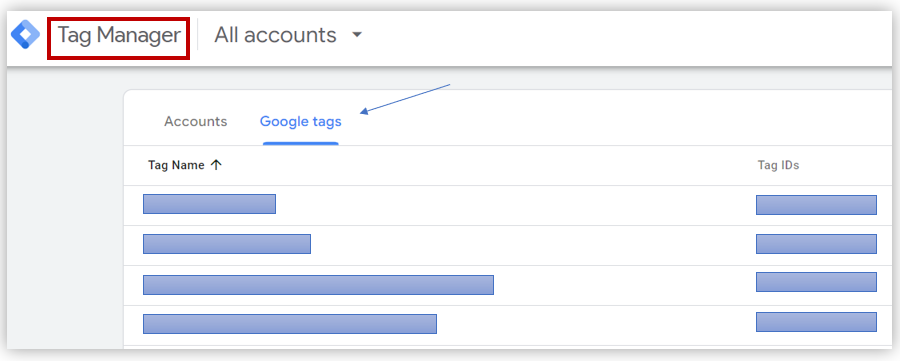
F. Looker Studio - Looker Studio is a free web-based visualization tool for PPC agencies that helps marketers build customizable dashboards and reports, monitor campaigns effectively and allow users to connect more than 150 data resources. It helps track key performance indicators for customers, analyze trends, and compare from time to time.
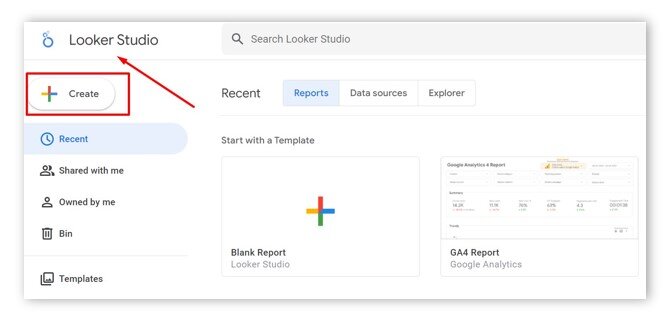
Conclusion
Your work doesn’t end after launching a campaign; monitoring and making alterations is equally essential. For this, you need to have a complete grasp of the PPC metrics and tools that you need to achieve the desired goal of the campaign. We have covered all the essential tools that can be used to create an effective PPC campaign and maximise ROI.
If you want to achieve the desired goals with PPC advertising but do not know where to start, you can get in touch with a digital marketing company and hire PPC professionals to manage your ad campaign. They have expertise with PPC audit, PPC report, e-commerce PPC, mobile ads, local service ads, etc. and provide you with the best advertising ROI. As you outsource SEO services for content marketing, email marketing, link building, guest posting, in the same way, white label PPC services help you get the maximum return on your ad spend. If your business operates in an electrician, roofing, flooring, or lawyer services or is a small business, outsourcing SEO services to our agency can be a great option to achieve significant growth online. We offer top-quality SEO services tailored to home service businesses, including electrician PPC, roofing PPC, flooring PPC, lawyer PPC, small business PPC services, and more.
References:
. Top 10 tools for PPC agencies
. 12 best PPC tools for research, automation, and more
